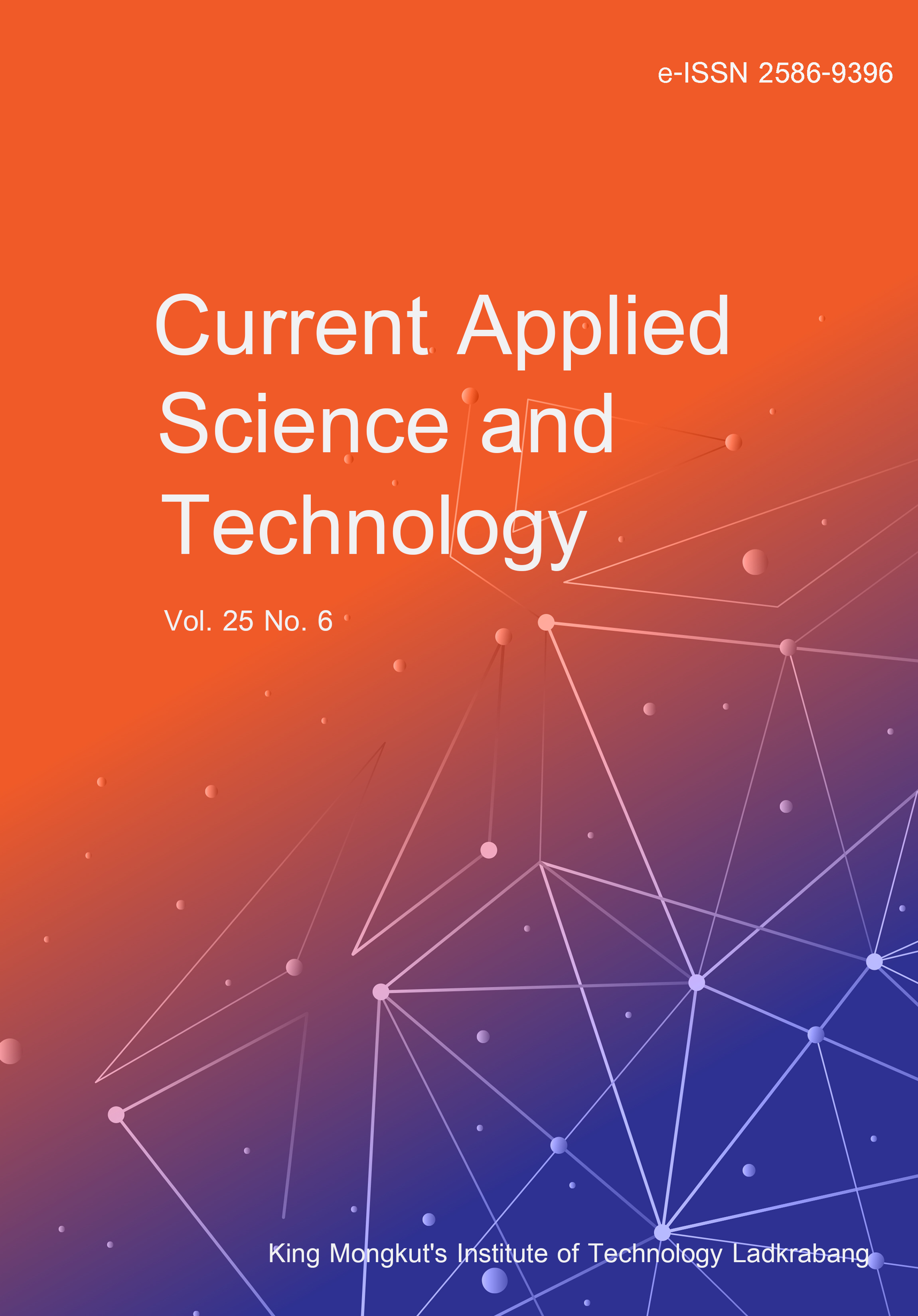Polyhydroxyalkanoates (PHAs) have recently been focused due to increasing public awareness of environmental issues. A lot of efforts have been made to understand the mechanisms of biosynthesis of PHA homo or copolymers. PHAs of varying monomer composition have been produced using a number of carbon sources and organisms. Carbon sources played a major role in determination of homo/copolymers. The metabolic processes leading to PHA biosynthesis were analyzed, aiming to differentiate their effect on production of homo/copolymers. Moreover, the roles of carbon source and/or organism behind physical and chemical properties of PHAs were evaluated. One key strategy in the production of a novel copolymer PHA is to engineer a strain with desired genes that can be used for desired copolymer production. It engineered strain could be able to design and optimize the metabolic process to produce more diverse polymers. Development of more efficient regulatory factor to produce PHAs of selective monomer composition and properties was focused in this review.
Mozumder, M. S. I. ., Amin, M. S. A. undefined. ., Roy, N. K. undefined. ., & Alam, M. M. undefined. . (2025). Metabolic Process and Types of Carbon Source leads to Desired Polyhydroxyalkanoate Properties. CURRENT APPLIED SCIENCE AND TECHNOLOGY, e0261159. https://doi.org/10.55003/cast.2025.261159

